Description
What is an Outdoor Antenna 4G Yagi Antenna?
A Yagi antenna, commonly known as a Yagi antenna, is a directional antenna consisting of multiple parallel elements in a line, usually half-wave dipoles made of metal rods.
The CTRF-ANTENNA-YAGI-7027-50-SMA Outdoor Antenna 4G Yagi Antenna is a long-range outdoor antenna with 60.5×9.8×1.6cm size and 1.5M RG 58 low loss coaxial cable SMA connector supplied by C&T RF Antennas Inc.
C&T RF Antennas Inc provides internal & external antennas with antenna radio frequencies such as NFC, 169MHz, 230MHz, 315MHz, 433MHz, 868MHz, 915MHz, VHF&UHF, Lora, NB-IoT, ADS-B, GSM, GNSS, GPRS, 1.2 GHz, 1.4 GHz, 1.8 GHz, Wi-Fi 2.4 GHz, 5.8 GHz, Cellular 2G, 3G, 3.5 GHz, 4G LTE, GPS, 5G NR, 6G, etc.
C&T RF Antennas Inc. provides RF antennae with Omni & Directional antenna types such as Dipole Antennas, Whip Antennas, Marine Antennas, Router Antennas, MIMO Antennas, Combo Antennas, PCB Antennas, FPC Antennas, Spring Antennas, Magnetic Antennas, Sector Antennas, Yagi Antennas, and Accessories, etc, for IoT & M2M industries.
Contact us for more details on the Outdoor Antenna 4G Yagi Antenna such as Outdoor Antenna 4G Yagi Antenna datasheet, Outdoor Antenna 4G Yagi Antenna pricing, and Outdoor Antenna 4G Yagi Antenna inventory, or other Outdoor Antenna 4G Yagi Antenna types.
4G Yagi Antennas
Yagi antennas focus the transmit and receive power in a single direction. Higher gain Yagi antennas are frequency specific so you should consider the frequency range of your phone, service provider, and/or amplifier system in your particular area.
A Yagi is best used for fixed locations such as homes, offices, warehouses, farms, and remote locations trying to reach faraway cell sites in a particular direction. They should be mounted as high as possible on tubing or pipe such as used for outdoor TV antennas.
For best results, consider installations that make the cable as short as possible yet place the Yagi where it gets the best signal.
4G Yagi Antenna Specifications:
4G Yagi Antenna Electrical Specifications |
|
| RF Antenna Type | Yagi Antenna |
| Model | CTRF-ANTENNA-YAGI-7027-50-SMA |
| Frequency | 698-806mhz/824-894mhz/925-960mhz/1710-1885mhz/1920-1980mhz/2110-2110mhz/2500-2690mhz |
| Gain | 25dBi |
| VSWR | ≤2.0 |
| Impedance | 50 Ω |
| Polarization | Vertical |
| Cable Type | RG58 |
| Connector | RP SMA |
| Cable Length | 1.5M |
| Max Power | 50W |
| Lightning Protection | DC-Ground |
4G Yagi Antenna Mechanical Specifications |
|
| Dimension | 60.5×9.8×1.6cm |
| Weight | Approx. 300g |
| Material | Aluminum |
| Operation Temperature | -40˚C~+85˚C |
| Storage Temperature | -40˚C~+80˚C |
| Units | 14 |
| Mounting | U Clamp/Adsorption |
| Safety Emission and other | RoHS Compliant |
| Standard | IEEE802.11b,IEEE802.11g,IEEE802.11n |
How to make a Yagi antenna
The Yagi antenna is a directional antenna, which consists of an active element and multiple passive elements placed on the same plane and perpendicular to the metal rod connecting their centers.
Generally, one passive vibrator is a reflector, and the remaining passive vibrators are directors. Because the metal rod passes through the voltage wave node on the vibrator and is perpendicular to the antenna, the metal rod has little effect on the near field of the antenna.
It can be seen from the data below that the gain of the Yagi antenna is higher than that of the vertical antenna and dipole antenna.
Antenna form; Number of reflectors; Number of directors; Number of active elements; Directivity coefficient;
Dipole 0 0 1 0 dB
Unit 2 Yagi 1 0 1 3~4.5db
Three-unit Yagi 1 1 1 6~8db
Four-unit Yagi 1 2 1 7~10dB
Five Units Yagi 1 3 1 9~11dB
From the above data, we can see that the more units of the Yagi antenna, the stronger the directivity. However the increase of the unit is not proportional to the directionality. When there are too many units, the working frequency band will be narrowed and the overall antenna size will be too large.
In the short wave band, the wavelength is longer, it is difficult to make a Yagi antenna. In the ultra-short wave band (V/U), because of the short wavelength, it is convenient to make a low-cost Yagi antenna.
The mathematical calculation of the Yagi antenna is complicated (I feel dizzy when I encounter mathematical derivation), but many engineering or theoretical books give its size, as long as you follow these data, you can make a good YAGI!
If you make your own four-element Yagi antenna, as long as you don’t install the director D, the antenna will also appear smaller. If you want to make seven units, add two director units on the basis of the above figure, the lengths of which are 84% and 82% of the half-wavelength respectively. The interval of the newly added unit is still 0.2 times the wavelength.
Make a 70CM band Yagi antenna, originally a four-element, each vibrator, and the metal rod connected to it, made of copper welding rod (diameter 2.5mm) provided by BG4RUV.
About a month later, I bought a copper strip with a length of 2 meters and a diameter of 4 mm and fabricated a detachable four-element Yagi antenna (a section of rectangular copper tube was found as a pole to connect each vibrator, and each vibrator was screwed and supported. The rod is fixed and easy to carry).
The resonance point of the first antenna is about 2 MHz lower than the estimated center frequency (435 MHz), but the SWR in the range of 430 to 440 MHz is not high, the lowest SWR is <1.1, and the highest SWR is not greater than 1. 4. The SWR of the second antenna has little fluctuation in the entire 70CM frequency band, and the highest is about 1.2.
Later, I made some changes to this detachable antenna and used the remaining materials to make three primers. In this way, my antenna can be assembled into either a four-unit Yagi antenna or a seven-unit Yagi. If you want to make a Yagi antenna but do not require strong directivity, you can try and make a three-element Yagi antenna.

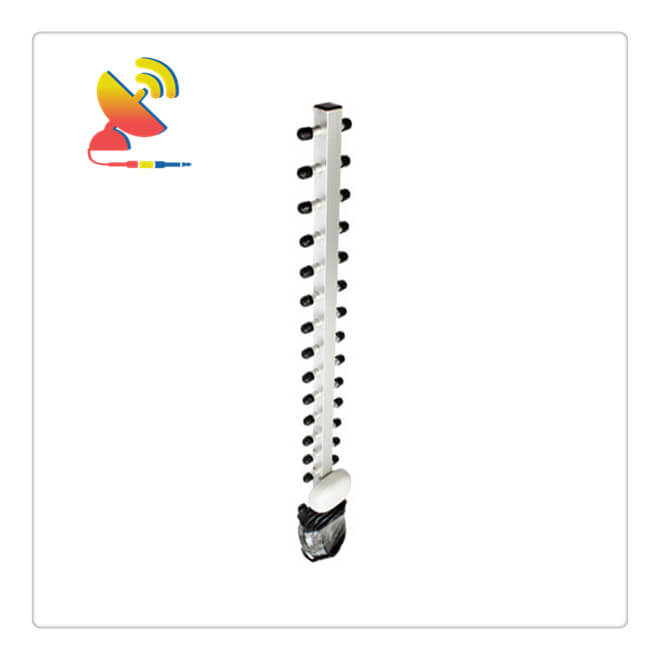
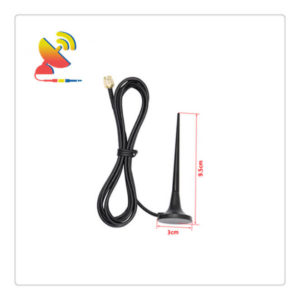
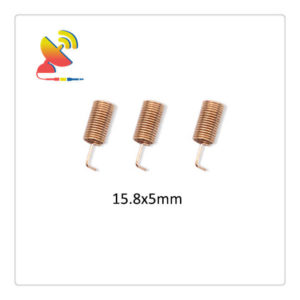
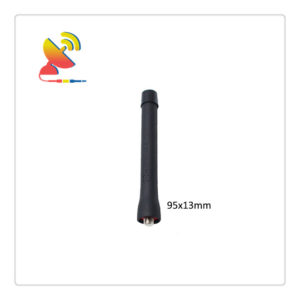
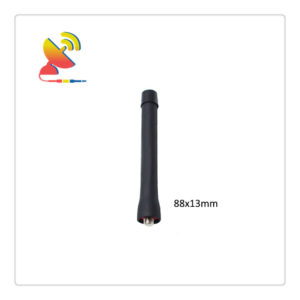
Reviews
There are no reviews yet.